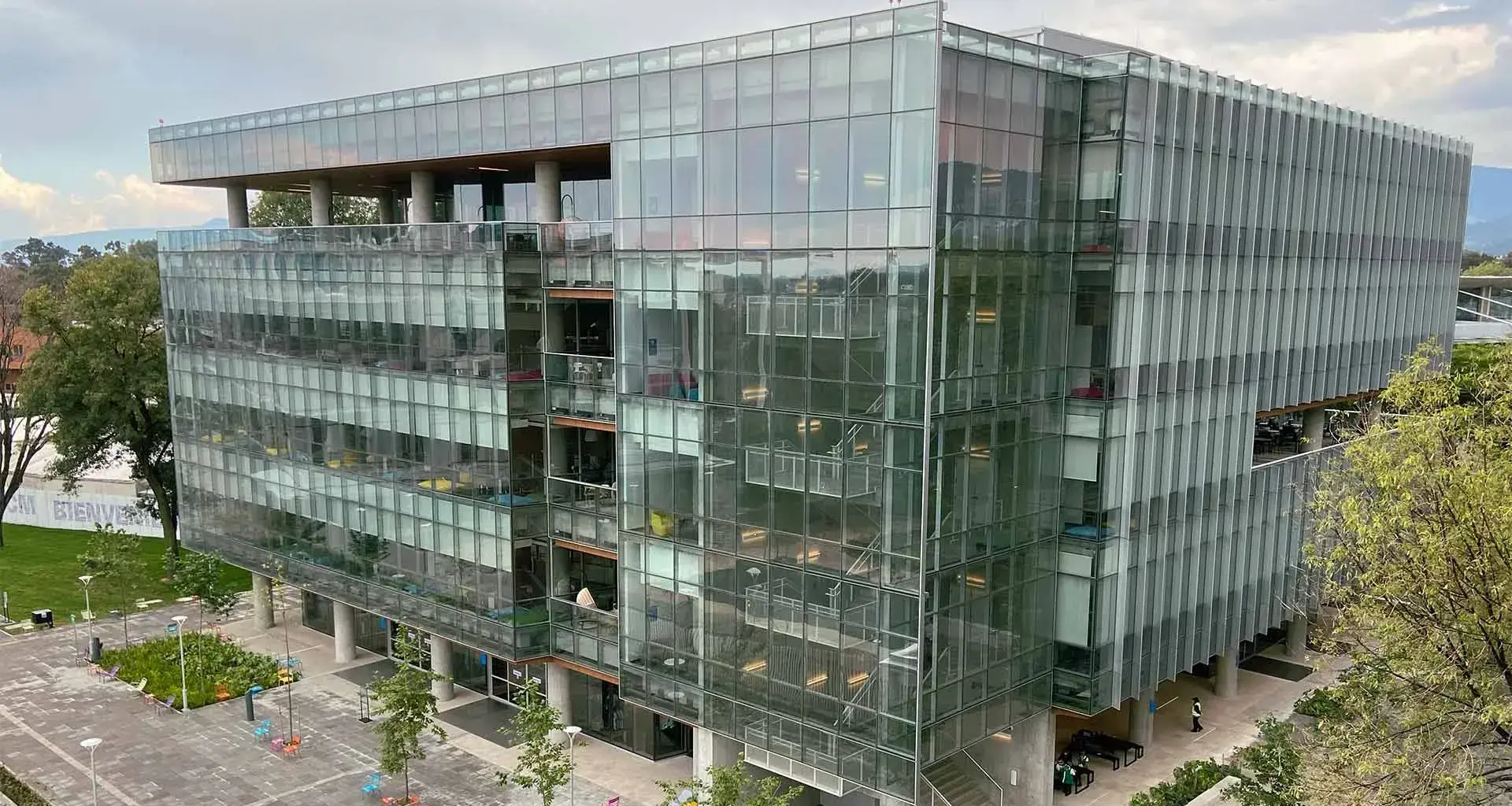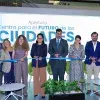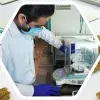The library on Tecnológico de Monterrey’s Mexico City campus has received LEED Platinum certification.
This green building certification is granted by the U.S. Green Building Council (USGBC).
“This recognition not only demonstrates the campus’ leadership in terms of sustainable design and construction, but also has a positive impact on Mexico City in different aspects,” said Rashid Abella Yunes, Vice President of Tec de Monterrey’s Mexico City Region.
The USGBC has certified more than 500 projects in Mexico, 49 of which have Platinum certification. Only 5 higher education buildings throughout the country have been certified, including the Mexico City campus library.
“This is a global validation in which the Tec achieved Platinum certification for the library and Silver certification for the academic buildings,” says José Ramón Tagle, Director of Architecture for the Mexico office of construction company The Beck Group and head of construction at the campus.
Ramón Tagle says that this council is recognized globally for giving the highest level of certification in the world in terms of sustainability.
He also explains that LEED Platinum certification is only granted to buildings with the maximum score on the evaluation under United States guidelines.
“The library is built to United States standards, so the building is designed and built under more rigorous regulations than in Mexico,” adds the architect.
“These awards demonstrate the campus’ leadership in terms of sustainable design and construction.” - Rashid Abella Yunes
A sustainable library
José Ramón Tagle says that this certificate demonstrates and adheres to the Tec’s values and search for a sustainable future.
“The topic of sustainability is in the spirit of the times. When we were talking about the new campus, we would often refer to designing and building the ‘campus of the future.’”
This new library reduces energy demand through the use of an astronomical clock and photovoltaic panels to offset the building’s energy consumption.
“Around 35 percent of all the energy used by the library comes from renewable energy. If we compared this to similar buildings in Mexico, we would be talking about an energy saving of over 70 percent.”
What’s more, it was designed to use secure infrastructure in the event that an earthquake, fire, or some other type of situation endangered the safety of the community.
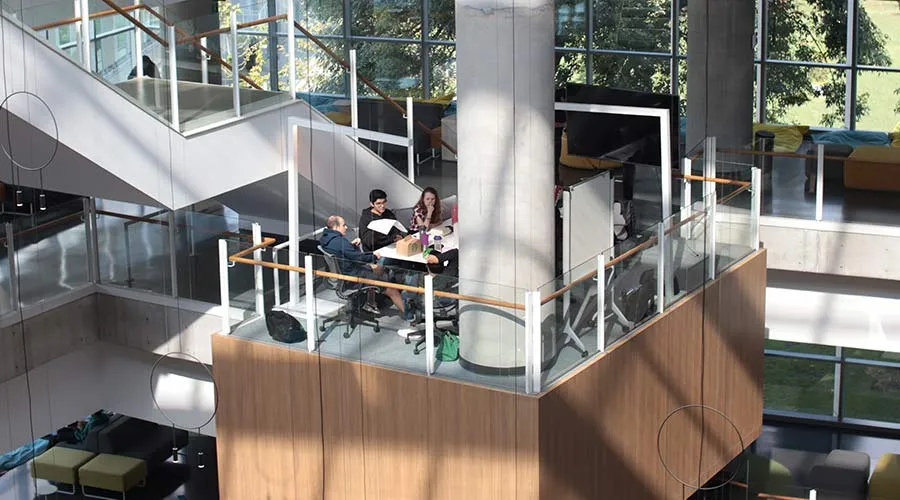
“We wanted to change the narrative by building above Mexico City construction guidelines and guaranteeing the safety of students, staff, and visitors,” he adds.
About the unveiling of the LEED Certified Plaque
The LEED certification plaque was unveiled at the School of Art, Architecture, and Design event entitled Cities of the Future: Regenerative Urbanism.
Rashid Abella Yunes, Vice President of Tec de Monterrey’s Mexico City region, and Marina Robles, Secretary of the Environment (SEDEMA) carried out the unveiling.
The certification assesses various aspects of sustainability when evaluating a project under the LEED standards. A certification category is assigned depending on the number of points scored, ranging from Certified to Platinum.
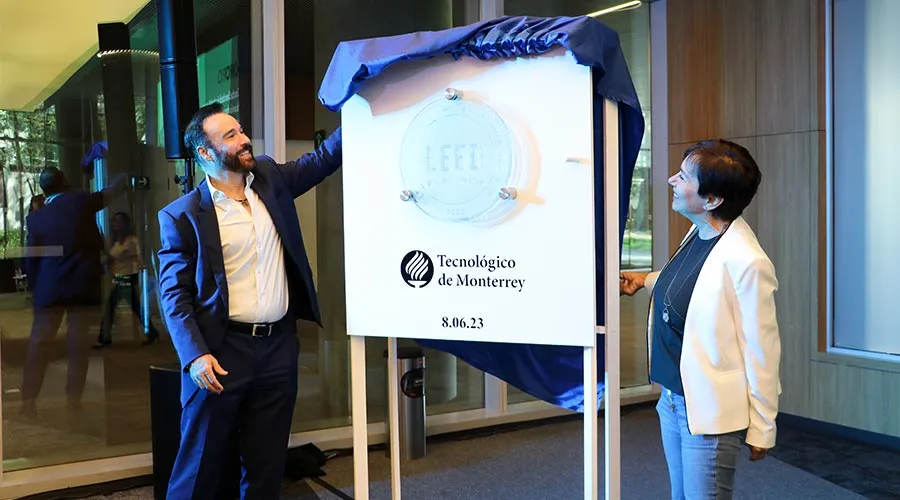
Some of the criteria to be evaluated include innovation, sustainability, material origin, human comfort, location, and building accessibility.
“The certification doesn’t just focus on rating energy savings, but it’s also very much focused on the project’s location, if it has access to public transport, and its relationship to the outside community,” says José Ramón Tagle.
Another factor that is taken into account when certifying a building for a LEED certificate is sustainable design.
“It rates energy savings, if it has access to public transport, and its relationship to the outside community.” - José Ramón Tagle
“Previously, there were fences separating the Tec from the rest of the city. Now, the Tec is going to be more accessible, so that people from within or outside the institution can do different things together,” he adds.
Other factors that made obtaining the certification possible include:
- Connectivity with the community and assignment of public spaces.
- Urban reforestation to improve air quality.
- A hydrological system that prevents flooding in the area.
- Reducing use of drinking water.
- Decreasing CO₂ emissions.
YOU MAY ALSO BE INTERESTED IN READING:

